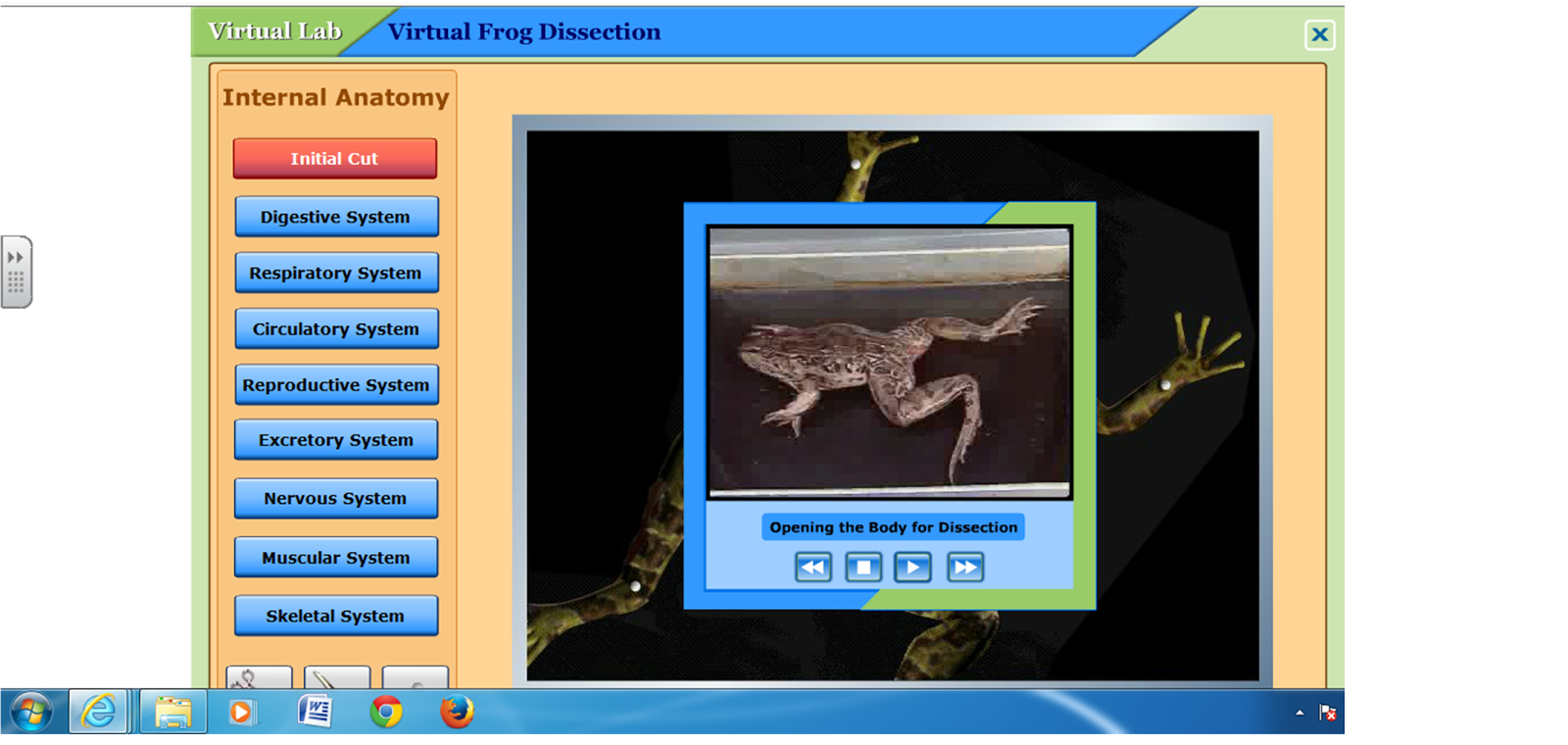This is in the front of the room. My students know that they can at any time get any of these materials without asking the teacher. They are responsible for returning them as well. In case you don't have super vision, there are colored pencils, crayons, markers, rulers, scissors, notebook paper, white printer paper, glue, and small pencil sharpeners. I haven't refilled any of these except the notebook paper in four years, and they allow students to have the materials they need when they need. My students also use interactive science journals in a little different way. They have a binder that is divided into 2 parts: their journal (comprised of looseleaf paper) and their graded HW/assessments. When students forget their journal, which they will, students will grab a sheet of notebook paper and they are responsible for putting that loose leaf sheet in their binder. I have found that this creates a no-pressure no-disruption environment. Students do not ask for a loose-leaf paper - they simply walk up and grab one if they forget their binder.
Every Friday, I have a mini-assessment on the week's concepts. I print off 30 mini-assessments or one class set and student answer sheets. When finished, students will turn in their quiz in one basket and their answer sheet in another.
My most beloved items in my classroom are my flower pens. I know - crazy as a coon - but I love my flower pens. If a student forgets a "writing utensil", they quietly get up, go to the back of the class, grab one, and bring it back to their seat. If you want to see and hear more about my flower pens, I dedicated an entire post here. Missing from this table is a tissue box, and I am awaiting that arrival when the kids come. I put the tissue box in the back because I feel like it gets less visitors when it is out of sight.
This is a view from the back of the room. Before you start judging, know that it is incredibly impossible to group these desks. If you have any ideas, I would loooove to hear from you. You can see that I have a smartboard and a long whiteboard! There is also a bulletin board to the right of the door, which says Future Scientists. I plan on covering that up with student pictures.
This picture is an organizational/ storage area for me that students do not have access to. It is where I keep paper manipulatives, goggles, buckets, bowls, teacher books, masking tape, and word wall words. The orange buckets are extremely nice for delivering lab supplies "by the group".
What are your organizational must-haves?





























.JPG)
.JPG)
.JPG)
.JPG)


















